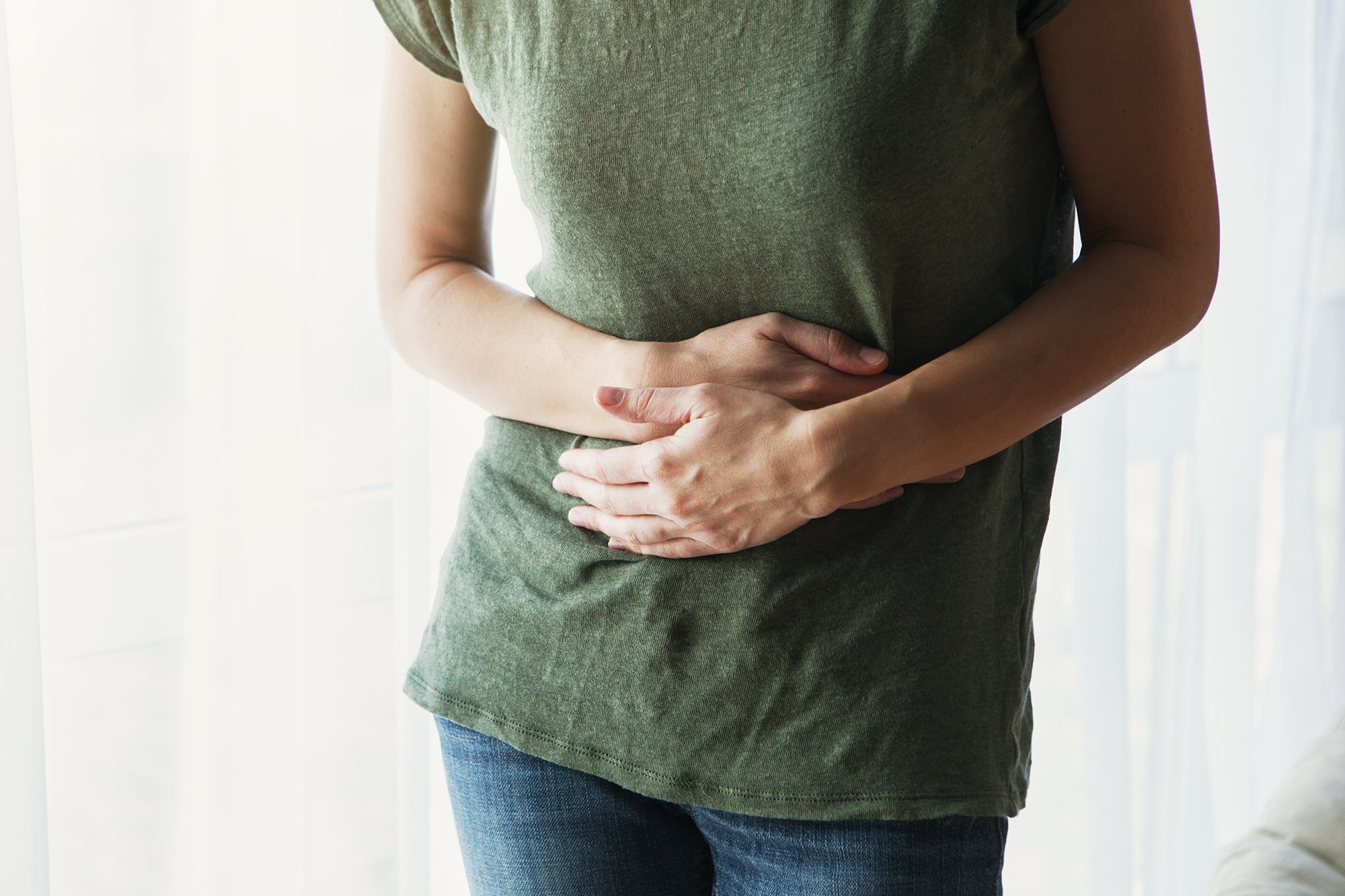
Food Poisoning vs. Norovirus: How to tell the difference
We’ve all been there. The telltale stomach churn that sends you running to the bathroom.
No matter what causes them, symptoms like vomiting and diarrhea can derail your day and spread like wildfire throughout your home.
But how do you know when it’s “just something you ate” vs. the dreaded stomach flu – and how does that impact what you do next?
Susan Wolf, clinical director of OSF OnCall Digital Care, discusses the key differences between food poisoning and norovirus and how to handle both scenarios.
What causes food poisoning and norovirus?
“One of the key differences comes down to the cause,” says Susan. “Food poisoning is always caused by something you ate or drank, while norovirus is viral and is spread easily by person-to-person contact or contaminated surfaces.”
Food poisoning: Caused by contaminated food or drink, often by bacteria, viruses or toxins from improperly prepared or stored foods.
Norovirus (Stomach flu): Also known as acute gastroenteritis, this highly contagious virus causes inflammation of the stomach and intestines. Norovirus can also be transmitted via food or drink in the form of food poisoning. It’s most common in the winter and is caused by direct contact with infected individuals or surfaces.
What are the common symptoms of norovirus and food poisoning?
Many of the symptoms of food poisoning and norovirus overlap, but there are a few differences.
Food poisoning: Symptoms include nausea, vomiting, diarrhea (sometimes bloody or mucousy) and abdominal cramping.
Not sure about your symptoms and need care?
Norovirus: Symptoms include nausea and vomiting, diarrhea, abdominal cramping, low-grade fever, fatigue and headache.
So how do you know if you have food poisoning or norovirus?
“Fever is more typical in norovirus, but you can get a fever with food poisoning as well, depending on what caused it,” says Susan. “Food poisoning more commonly causes your stool to look a different color or have a different texture.”
How long does stomach flu and food poisoning last?
The onset and duration of your symptoms can provide clues to which ailment you are dealing with.
Onset: Food poisoning typically kicks in anywhere from one hour to three days after consuming contaminated food. For norovirus, symptoms typically appear between 12 to 72 hours after exposure.
Duration: Food poisoning can last from a few hours to a few days. Most people with norovirus experience at least a 24-hour stomach flu, and some symptoms can last up to three days or longer.
“The timing and severity of symptoms are key here,” says Susan. “Food poisoning often hits much sooner, so if you are vomiting and having diarrhea suddenly after eating, it’s likely food poisoning.”
Are food poisoning and norovirus contagious?
Both food poisoning and norovirus can be contagious, but they spread in different ways.
“Norovirus is highly contagious and easily spreads through contact with contaminated surfaces or person-to-p
erson contact,” says Susan. “While food poisoning isn’t typically considered contagious, there is potential for whatever caused it to spread through contaminated food and drink.”
Even after you feel better, the stomach flu can still be contagious for several days, so it’s a good idea to stay home for a day or two after symptoms have stopped.
How to Ease Stomach Cramps and Diarrhea
If food poisoning is caused by a bacterial infection, it can be treated with an antibiotic. If you’re facing stomach flu or food poisoning caused by a virus, you’ll have to let it run its course before you’ll feel like your old self again. However, while there is no treatment to cure the stomach flu, there are things you can do to relieve your symptoms.
- Stay hydrated: Drinking water is always best, in controlled increments with small sips to start. You can also try broth or electrolyte solutions.
“Mixing 50% Pedialyte with 50% water can lessen the flavor and avoid upsetting your stomach, while still getting the electrolyte benefit,” says Susan.
- Eat bland foods: Stick to easy-to-digest foods. Use the BRAT diet – bananas, rice, applesauce and toast. Avoid dairy, caffeine, alcohol, nicotine or spicy foods.
- Take the right meds: Over-the-counter medications like Imodium (for diarrhea) and Tylenol (for headache) can work well to relieve symptoms. Your doctor can also prescribe anti-nausea medicine.
How to Prevent Norovirus and Food Poisoning
Washing your hands with soap and water is one of the best ways to control the spread of norovirus. If you are taking care of someone who is sick, use gloves and try to avoid touching your face or mouth.
“Make sure to clean surfaces and disinfect high-touch areas like doorknobs and sinks,” says Susan. “Wash soiled towels, bed sheets and blankets as soon as possible in hot water. Using disinfectant wipes rather than a towel and spray is helpful because you can throw the wipe away when finished.”
Because toxins can be transferred from our hands to our food, hand hygiene also plays an important role in preventing food poisoning.
“Always make sure your hands are clean and your food prep area has been disinfected,” says Susan. “Food should always be stored at the right temperature and not left out of the refrigerator for too long to avoid bacteria growth. When in doubt, throw it out.”
When should you see a doctor?
For both conditions, if you have vomiting or diarrhea that happens more than once an hour or that lasts longer than a day, you should seek care at an urgent care clinic or your primary care provider’s office.
If this happens along with other symptoms, like:
- Severe abdominal pain
- Blood in your stool
- Dry tongue, urinating less frequently or chapped lips
… it’s best to go to the emergency department.
